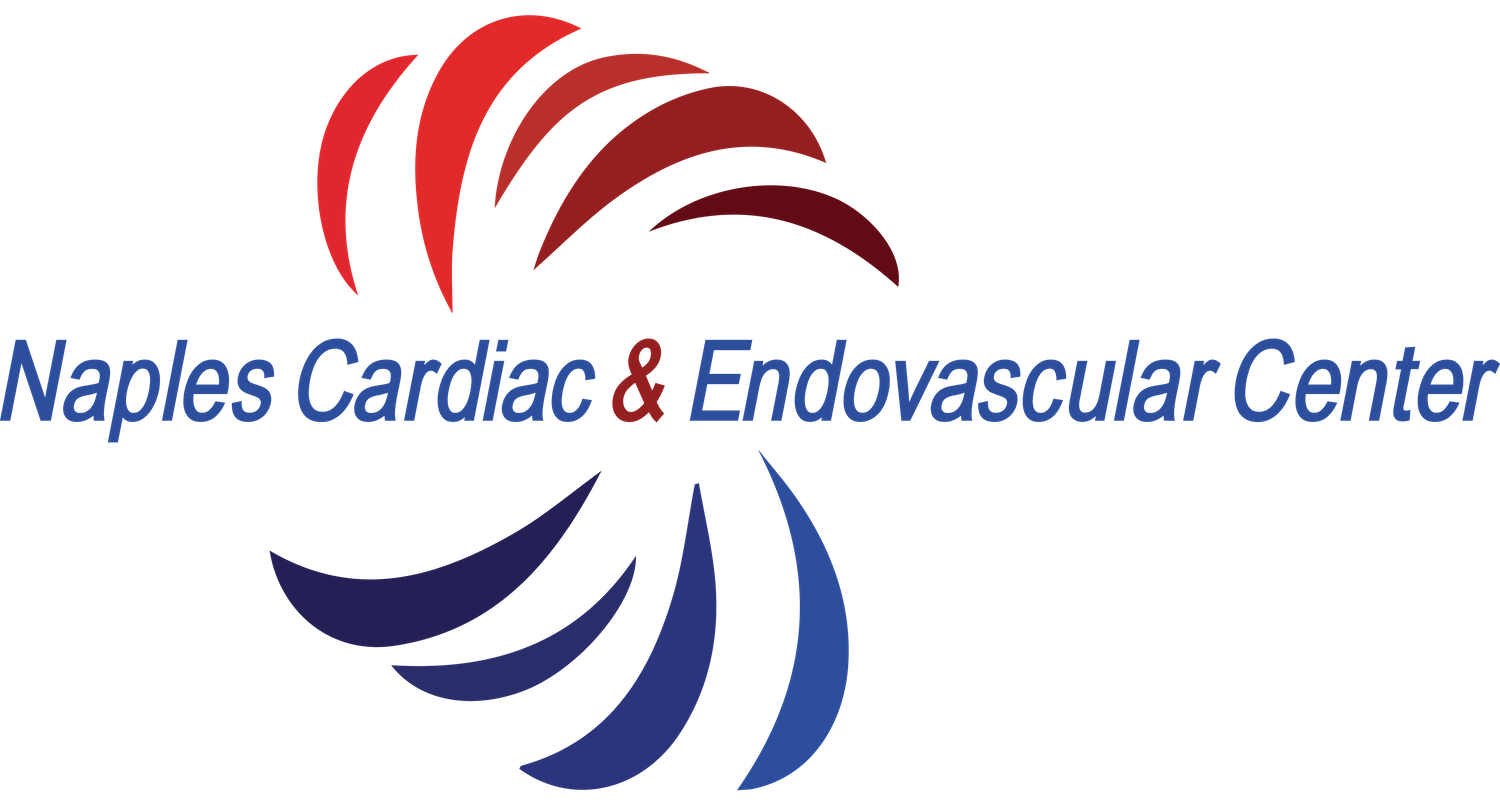What is venoplasty and why is it done?
Venoplasty is a minimally invasive procedure that's done to treat venous insufficiency. This condition happens when the vein has reduced in size, causing symptoms like pain, swelling, and ulcers.
Venoplasty is usually done as an outpatient procedure, which means you can go home the same day. The procedure is done under local anesthesia, which numbs the area around the venous insufficiency.
Dr. Leandro Perez discusses the benefits of each treatment and how they can help improve your quality of life.
How venoplasty is performed
During venoplasty, a thin tube (catheter) is inserted into the vein. A balloon is then passed through the catheter and inflated. This widens the vein and improves blood flow.
In some cases, a small metal tube (stent) is placed in the vein to keep it open. The stent is usually left in place permanently.
How to prepare for venoplasty
Your doctor will likely ask you to stop taking certain medications, such as blood thinners, a week before venoplasty.
You may also be asked to avoid eating or drinking for a few hours before the procedure.
What happens after venoplasty
After venoplasty, you'll likely spend a few hours in the recovery room. You may have some bruising and swelling around the venous insufficiency. These symptoms should improve within a few days.
Most people can return to their normal activities within a week. Your doctor will let you know when it's safe to resume your normal activities.
If a stent was placed during venoplasty, you'll likely need to take an antibiotic for a week to prevent infection. You may also need to take a blood thinner for a few months to prevent clotting.
Venoplasty is a safe and effective procedure that can improve venous insufficiency and your quality of life. Talk to your doctor about whether venoplasty is right for you.
To request more information click below or call (239) 300–0586


